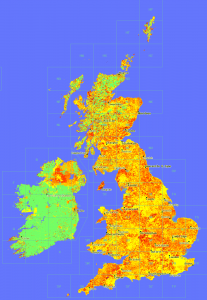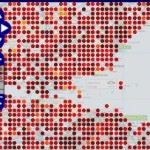Geograph is steadily amassing a huge amount of data, and due to the fact that we require images to be Creative Commons Licensed, we release the whole Archive under such a licence, for just about any use people can think of.
Now we have always been more that happy to produce and give out bulk dumps on demand to anyone who asks, we provide a live API, and even bittorrent based downloads of the images themselves (although admittedly they are a bit behind schedule!).
So in an effort to make it even quicker to get going on new ideas, we have began to put together a self service bulk data download site. So from the following page you can access MySQL dumps of the whole image database, as well as supplementary data such as extracted terms and words – ideal for making search engines and mashups, of course includes the full geographical locational data of the images.
The only caveat is the data doesn’t include enough info to build a link to the image file on our servers. We are doing this because we don’t want to make it easy for people to spider large quantities of images, however contact us and we will see what we can do… we are normally happy to allow hotlinking of thumbnail images as long as we know about it.
This is only the beginning so let us know about your suggestions!




